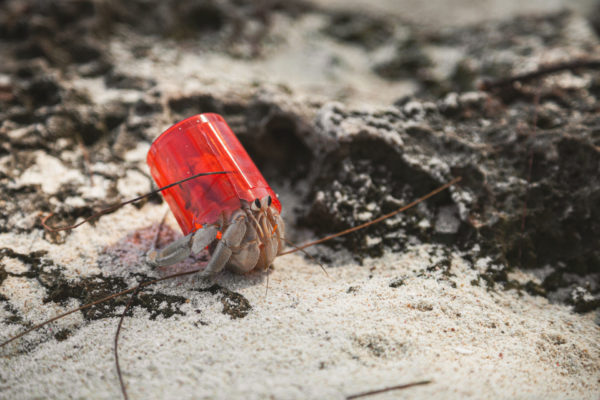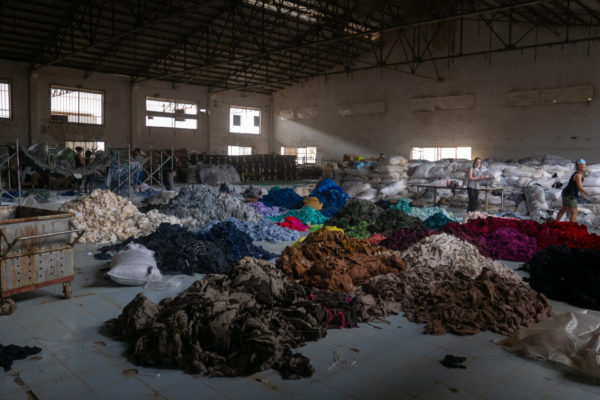Could London Become Home To An ‘M25 Of Trees’?
By
2 years ago
Everything you need to know about the Tree Ring Community Forest
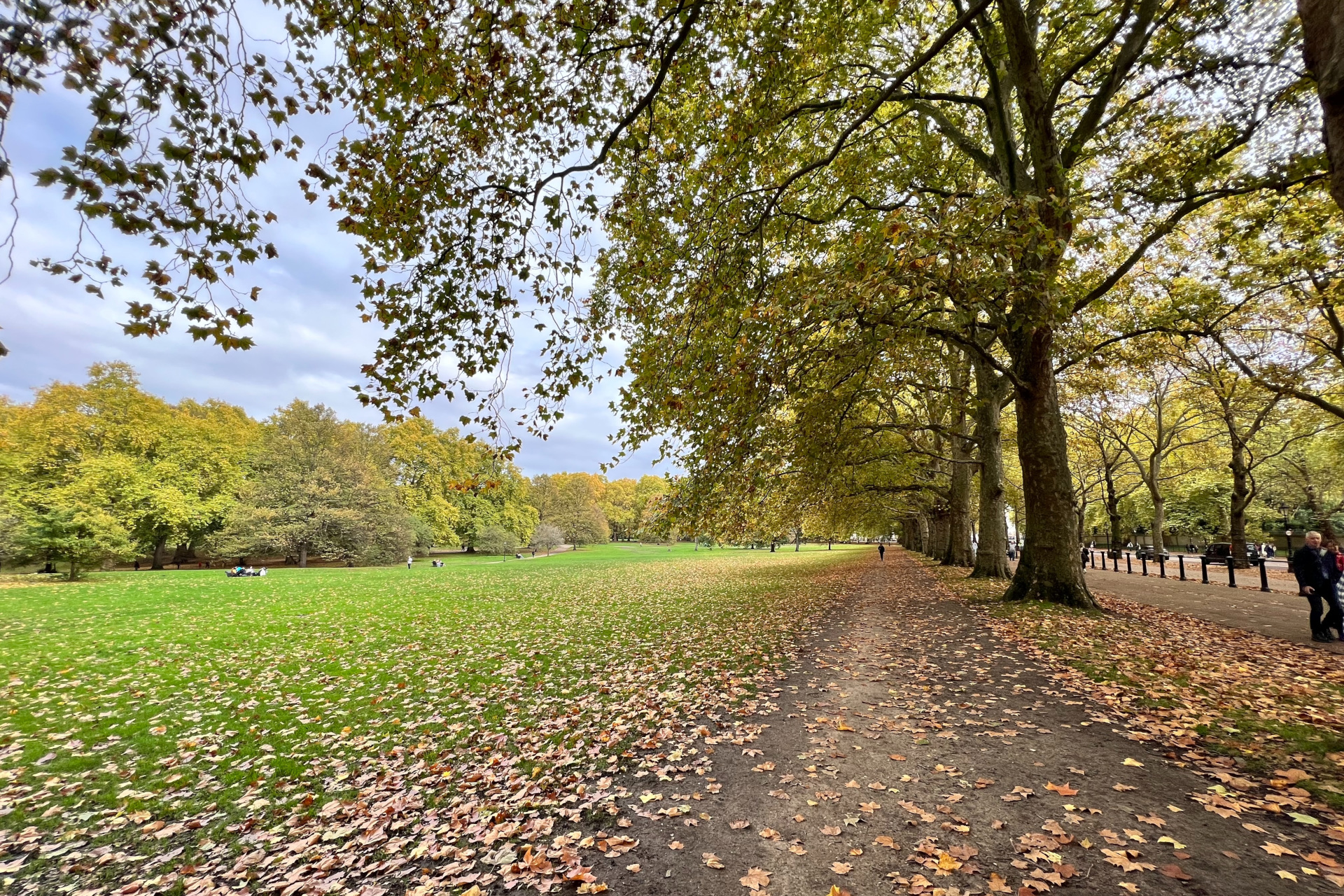
While home to some pretty lush parks and walking routes, London isn’t exactly the greenest city in the world. But what if we told you it could be? The Campaign to Protect Rural England is proposing a ‘super highway’ of trees that could help boost biodiversity, carbon capture and wellbeing.
The Tree Ring Community Forest: Could London Become Home To An ‘M25 Of Trees’?
Countryside charity Campaign to Protect Rural England (CPRE) has proposed a plan to create an ‘M25 of trees’, which would weave together existing green belt areas with London’s 18 outer boroughs to create an uninterrupted ring of trees around the city. The charity is currently applying for funding for the project, dubbed the Tree Ring Community Forest, from the Department for Environment, Food and Rural Affairs and is asking Londoners to help identify potential sites.
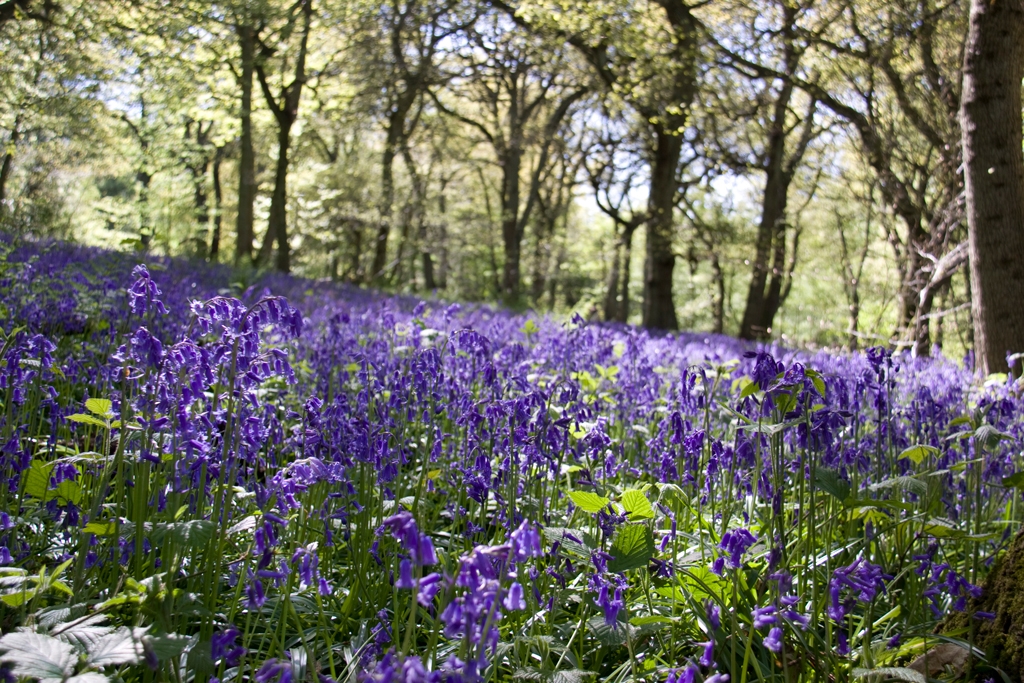
This much greenery is suggested to be a big plus for the environmental status of the UK capital, as it would not only create a ‘corridor for wildlife’ but also assist with carbon capture (helping suck up some of the pollution from the city). Since the Industrial Revolution, Britain has lost almost half of its biodiversity – the tree ring could be a step in the right direction to bring it back, says Anna Taylor, director of CPRE London. ‘It’s absolutely key that we’re focusing on strengthening the habitats around London. Woodland is one of the most diverse habitats once it becomes established – a mature oak tree on its own can host 2,300 species.’
The charity has also indicated that the Tree Ring Community Forest could divert London away from becoming a huge urban sprawl, breaking up the concrete with accessible green space.
CPRE has also warned that multiple areas within the capital could lose their green belt status, making it easier for developments to take over the space. Areas like Ealing, Hounslow and Enfield are all at risk of having developments that would destroy local forests greenlit by authorities. Hounslow’s council even recently proposed removing protective designations from 45 percent of the borough’s green belt and to develop on 41 percent of that land.
Mapping of the route is still in the planning stages, with Taylor explaining that while some areas would easily take to traditional native woodland, others would be trickier. In these cases, hedgerows, orchards and street trees could be used as an alternative to keep up and unbroken ring. CPRE is working with Greenspace Information for Greater London CIC (GiGL) to continue mapping out the ring.
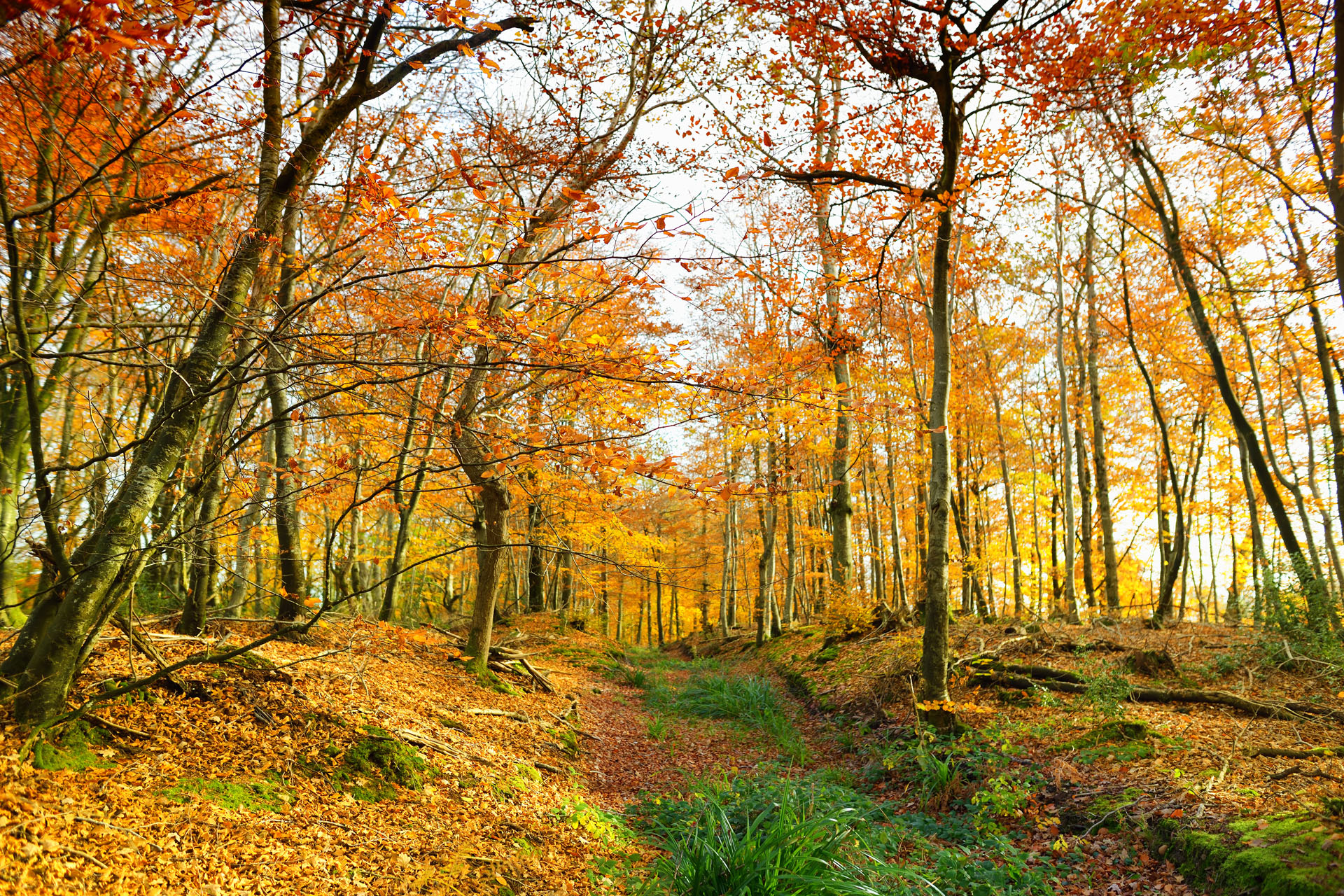
The first phase of the project will focus on areas in north London, particularly around and between Epping and Hainault forests, with additional planting in the south used to restore areas previously covered by the Great North Wood. CPRE is also keen to put in place buffer planting to grow existing wooded areas, like planting trees near streams and on the edges of playing fields to help with flood management and provide shady respite.
Residents are set to play a huge part in the project if all goes to plan, as it relies on a community forest concept. ‘The idea of a community forest is all about multi-purpose planting that really serves communities, rather than blanket planting of trees,’ said Taylor. ‘There is an urgent need for more tree planting – but this needs to be well-planned with plentiful community input in order to maximise the potential benefits of new woodlands and guard against the loss of other priority habitats or prime agricultural land.
‘We need to be creative in thinking about what London’s community forest should look like. We need to ask ourselves: are there local green spaces near me where trees could be planted that would enhance rather than reduce their amenity value?
‘We are interested in the planting of native woodland, but also encouraging the creation of orchards and areas of nut trees, wooded margins for nature-friendly farming, and the establishment of new hedgerows in place of ugly fences.’
How To Help
Keen to get involved? Locals can register possible areas for new woodland or the location of existing young woodlands by filling in a survey online or emailing woodlandcreation@cprelondon.org.uk.
Featured image: Konstantinos Douloudis, Unsplash




